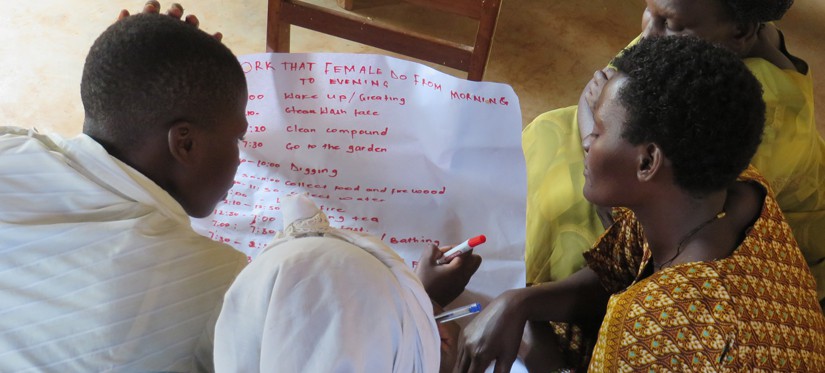
From the leaders of our new gender-focused project, of Penn State and Zamorano universities, here are some tips to get you thinking about gender-responsive projects:

Incorporate and mainstream gender considerations from the inception of the project. Avoid “add and stir” approaches to gender, that is, simply adding gender as a factor without thinking through the range of ways it might infuse your work. A full incorporation might have impacts on decisions about staffing, scheduling time “in the field,” timing of outreach efforts, connecting with “gatekeepers,” and designing gender-specific activities.
- Be aware of the cultural context. Constraints that women (and others) face vary between and within societies, regions, localities and households.
- Be attentive to interactions between gender and other categories such as race and ethnicity, social class, and life-stage.
- When evaluating a specific intervention or issue, give careful thought to sampling design to ensure meaningful participation of women.
- Tie data collection to individuals, e.g., who performs various activities on the farm or who receives technical assistance. When a project involves analysis of secondary data, consider data sets that allow for sex disaggregation. If at all possible, analyze data to take into account different roles of men and women.
- Identify all resources needed for project implementation, including credit and time. Do women have access to these resources? Be attentive to the barriers women face to participating in agriculture; these may also be barriers to being involved in your project.
- Identify who will benefit from your project. If there is an empowerment gap that disadvantages women, will it increase or decrease as a result of your project?
- Sensitize men to the benefits of projects focused on women. It’s seldom a zero-sum game. When women are empowered, the entire household and community benefits.
- Seriously consider consultation with a gender specialist on how to integrate gender into your project.
This list is distilled from a presentation given at the recent annual meeting of the Horticulture Innovation Lab. The three-person team of Janelle Larson, Leif Jensen (both of Penn State), and Arie Sanders (of Zamorano) led the presentation and subsequent workshop focused on incorporating gender into the design of agricultural research projects. Elisabeth Garner and Carolyn Sachs, also of Penn State, contributed to the creation of the team’s materials.
This team of sociologists and economists is leading a new gender-focused Horticulture Innovation Lab project in Honduras that will develop a Women in Ag Network in Honduras and analyze how participating in horticulture can empower women and support gender equity. They will also identify policies, regulations or cultural norms that limit women’s participation in the horticultural value chain — and then develop interventions to reduce barriers.
More resources:
- Incorporating Gender into Research and Project Design, the group’s presentation at the Horticulture Innovation Lab’s 2015 annual meeting
- Women in Agriculture Network: Honduras, more information about the group’s new project with the Horticulture Innovation Lab
- Incorporating Gender and Nutrition within Agricultural Extension Services (INGENAES), a USAID-funded project designed to build more gender-responsive programs
- Gender in Value Chains Toolkit, from the Agri-ProFocus Learning Network
- More information from the 2015 Annual Meeting
